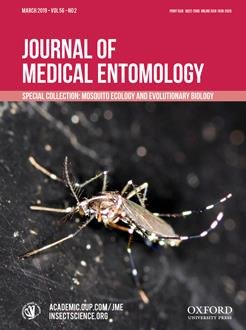Spermatozoa are among the most diverse cell types, and their morphologies often provide data that can be used to reliably evaluate phylogenetic relationships. They can also help to clarify the nature of ‘specific complexes’, which are common among triatomines. In the present study, we evaluated the copulation behavior of Triatoma rubrovaria Blanchard 1843 (Hemiptera: Reduviidae: Triatominae) and the structural morphology of sperm from T. carcavalloi Jurberg Rocha & Lent, 1998, T. infestans Klug, 1834, T. pintodiasiJurberg Cunha & Rocha, 2013, and T. rubrovaria. Copulatory behavior was described from the moment males and females genitalia joined until they separated. Insemination was confirmed by the presence of a spermatophore in the female's bursa copulatrix. To measure their sperm, males were dissected and their seminal vesicles were removed, squashed on glass slides, and then spread, fixed, and observed under a photomicroscope. The images obtained were analyzed to measure the sperm. Seminal vesicles were also prepared for transmission electron microscopy. We performed K-means clustering separately for each species to group their sperm based on morphology. The differences in spermatozoa length among species of Triatominae, sperm types, and the interaction between species and sperm type were assessed with a two-way analysis of variance (ANOVA). The copulation time in T. rubrovaria was 3 to 5 min, which was sufficiently long for spermatophore transfer. All taxa showed polymorphic (short and long) sperm, with significant differences in the lengths of sperm among taxa. Using electron microscopy, the sperm cells of the four taxa examined were found to have similar ultrastructural morphology, confirming the hypothesized synapomorphies of sperm within the suborder Heteroptera (Hemiptera).
How to translate text using browser tools
25 February 2019
Spermatological Morphology of Triatoma Species (Hemiptera: Reduviidae: Triatominae)
Maria Luiza Ribeiro de Oliveira,
Daniel Cardoso Portela Camara,
Simone Patrícia Carneiro Freitas,
Jacenir Reis Santos-Mallet
ACCESS THE FULL ARTICLE
It is not available for individual sale.
This article is only available to subscribers.
It is not available for individual sale.
It is not available for individual sale.

Journal of Medical Entomology
Vol. 56 • No. 4
July 2019
Vol. 56 • No. 4
July 2019
insect vector
male reproductive system
reproduction
Triatoma rubrovaria subcomplex




